When it comes to designing and constructing educational spaces, choosing the right materials is crucial. There has been a growing trend towards incorporating wood into school construction and design in recent years. Wood is a versatile and sustainable material that offers numerous benefits, from its aesthetic appeal to its positive impact on the learning environment. In this blog post, we will explore why using wood in school construction and design is good, highlighting its eco-friendliness, health benefits, and ability to foster creativity and inspiration.
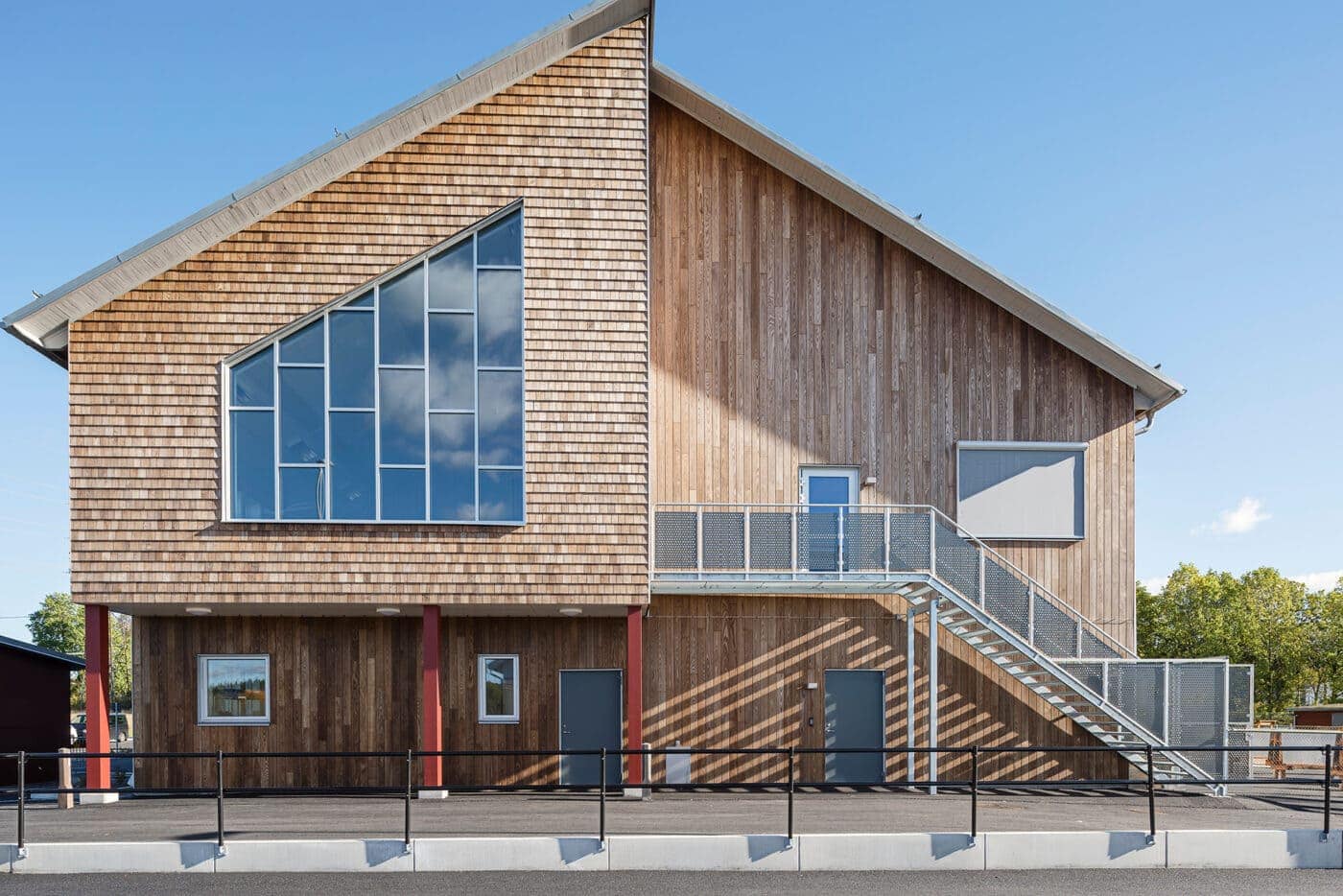
Wood, when sourced responsibly, is fully sustainable. It locks away CO2, providing the opportunity for carbon neutral and in some case carbon negative buildings. It can be less expensive to construct and has lower embodied energy and better environmental traits than other standard structural materials.
One of the remarkable benefits of using wood in school construction is its positive impact on indoor air quality. Wood naturally regulates humidity levels by absorbing and releasing moisture, contributing to a healthier indoor environment. Unlike some synthetic materials, wood does not emit harmful chemicals or volatile organic compounds (VOCs), which can adversely affect air quality and students’ health. Schools can provide students and staff with a safe and healthy learning environment by choosing wood.[1]
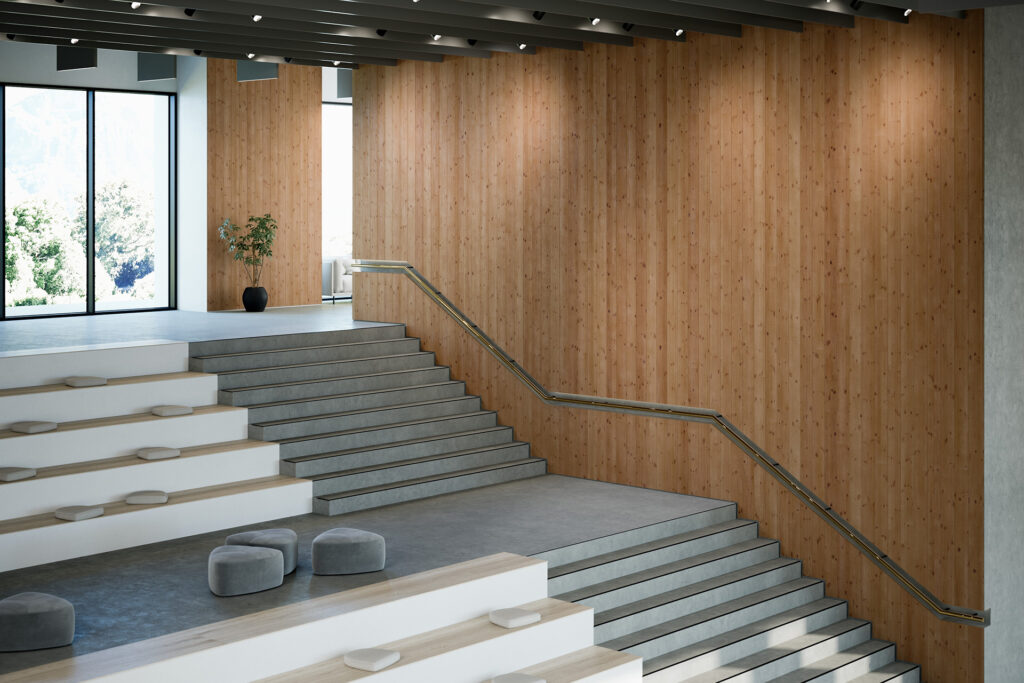
Acoustics play a crucial role in educational spaces, as they significantly impact learning and concentration. Wood possesses excellent acoustic properties, absorbing sound and reducing echo and background noise. This feature helps create a quieter and more focused environment, allowing students and teachers to communicate effectively and enhancing the overall learning experience.
The therapeutic effects of trees and nature are well understood outside our buildings, yet inside our buildings wood and other natural materials can be used to create healthy, enriched, biophilic environments.
Wood establishes a direct connection with nature, creating a nurturing and calming atmosphere. Incorporating wood in school design helps foster biophilic principles, stimulating students’ senses and inspiring creativity. As more emphasis is put on healthy materials, wood will be an increasingly relevant material for its sustainability and physiological attributes.
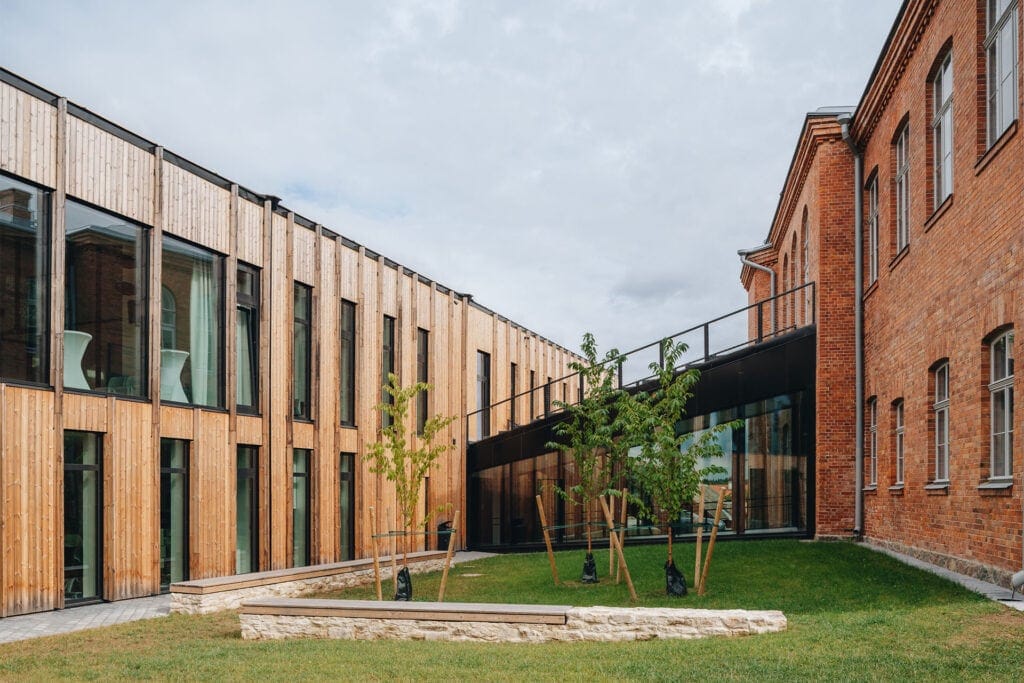
Studies have shown that educational settings built from or containing wooden features can directly and positively impact children’s physical and mental health. An Austrian study by Joanneum Research in 2008 compared a classroom of mainly solid wood materials with a standard classroom. Measurements were taken of the health benefits of 52 children. The study showed that the children’s heart rates in the wooden classroom were significantly reduced. There was a decreased perception of stress and the children were visibly more relaxed. The wooden environment also had a positive impact on their performance.
Choosing wood as a primary material for school construction and design offers a myriad of benefits. From sustainability and improved indoor air quality to acoustic performance, wood contributes to creating healthy, inspiring, and eco-friendly learning environments. By embracing the versatility and beauty of wood, educational institutions provide students with spaces that enhance well-being, creativity, and academic excellence.
References:
[1] Higgins, S., Hall, E., Wall, K., Woolner, P., & McCaughey, C. (2005). The Impact of School Environments: A Literature Review. The Centre for Learning and Teaching. Newcastle University. Retrieved from: https://www.researchgate.net/publication/232607630_The_Impact_of_School_Environments_A_Literature_Review
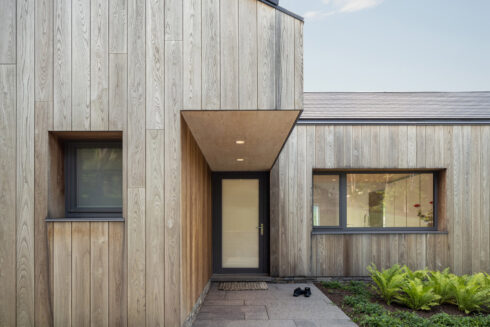
Contemporary...
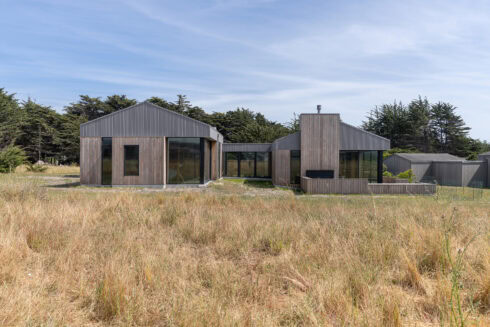
While a wood species’ natural properties play an important role in determining the timber cladding’s durability, they’re only part of the...
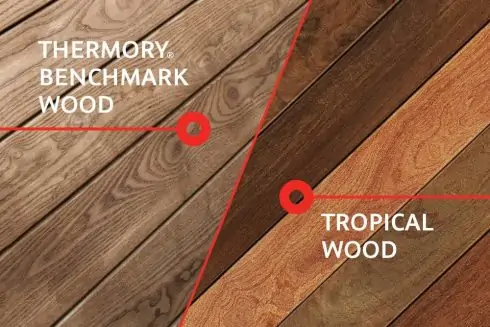
As the construction and design industries evolve, so does the demand for sustainable, high-performance building materials. For over 25 years, Thermory has...
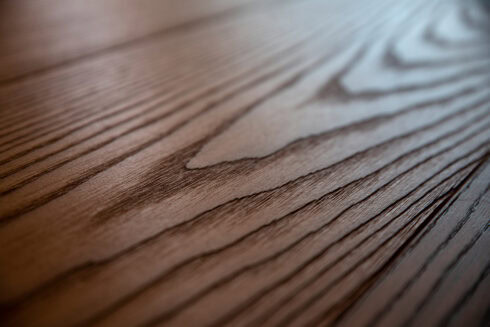
Picture a wood that balances elegance, durability and versatility – a natural material that not only meets your demands but also exceeds your...
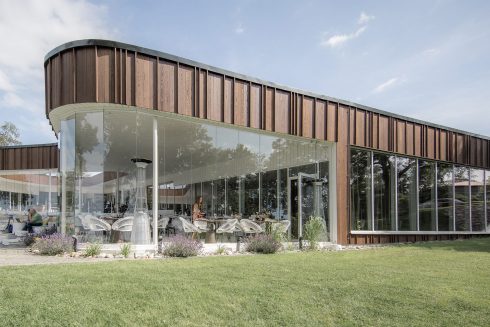
Combining different wood species, finishes and profiles brings variety to any interior or exterior design, delivering a tantalizing injection of texture and...
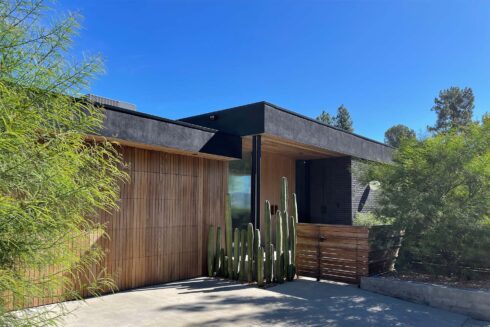
We were curious about the architecture trends and the popularity of timber in Australia, so we asked our down under partner, McCormacks Australia, to tell...
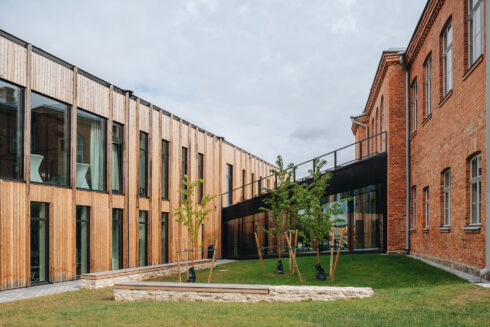
With the EU, US and many other countries aiming to achieve carbon neutrality by 2050, sustainability is not just a construction trend anymore, but it’s...
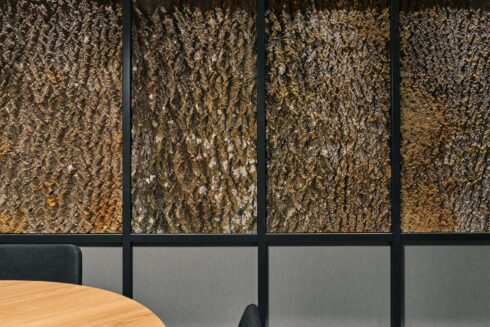
In the quest to shift our world towards more sustainable practices and circular processes, designers are increasingly turning their attention to...
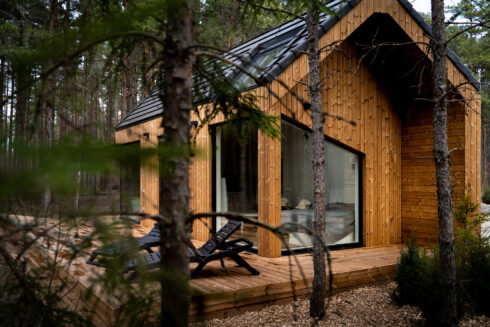
Sometimes, the best place to unwind and get away from it all is a secluded forest cabin in breathtaking surroundings. Find inspiration for your next...
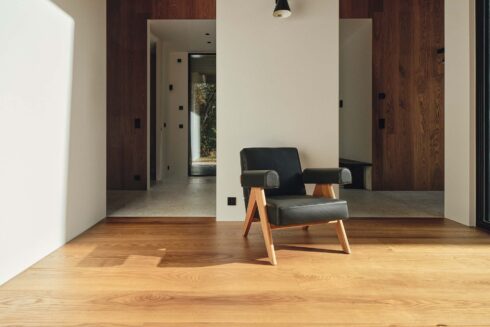
In the world of interior design, trends come and go, but some elements remain eternal, providing a sense of warmth, comfort, and timelessness. Among these...
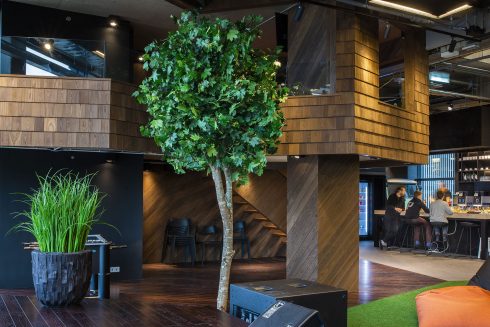
In a world increasingly dominated by sleek, modern designs, incorporating natural elements into your workspace can breathe life and warmth into an otherwise...
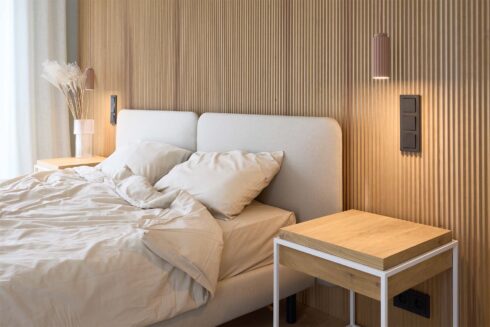
A new high-rise trend has taken over households around the world. Wood slat walls have aesthetic appeal and offer visual interest both indoors and outdoors....
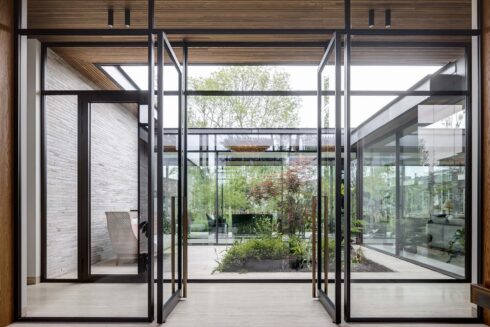
As architects and landscape designers, creating indoor outdoor living spaces that are sustainable and eco-friendly is more important than ever. With a...
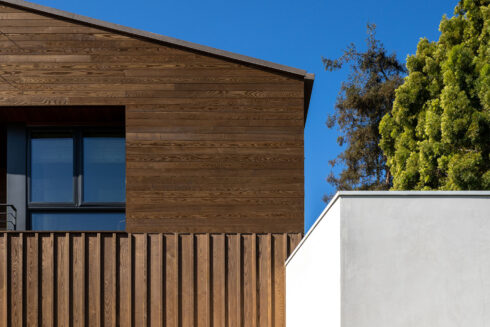
Wood is a highly valuable material and although it grows abundantly, we must treat this natural resource with respect and create value from even the smaller...
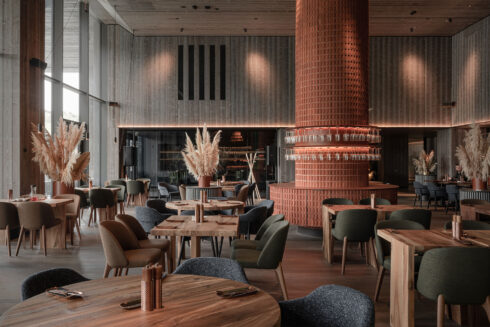
The world is constantly evolving – and with it, the choices we make when setting up our homes to be ideal living spaces. With recent events compelling us...
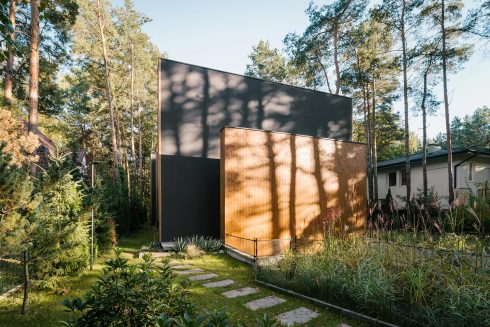
From intimate spaces like our homes to public urban areas, the environment surrounding us has a big effect on our well-being. Recent turbulent years have...
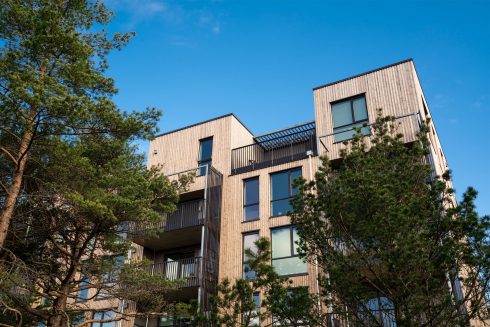
Finding the best solution to clad buildings is important for several reasons – as well as defining the look and feel of your design, it also has a major...
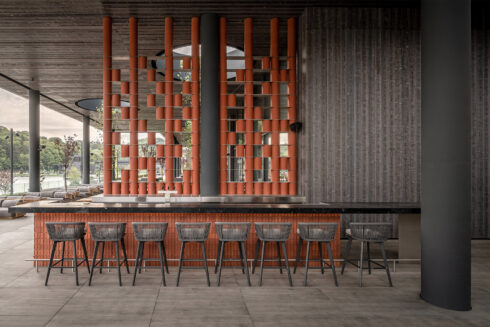
Thermory Design Awards is part of Thermory 25 celebrations for acknowledging and rewarding our...

Curators of Tallinn Architecture Biennale 2022 exhibition “Edible ; Or, The Architecture of Metabolism”, Lydia Kallipoliti & Areti...
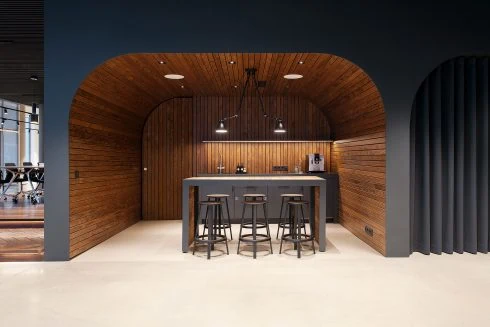
The aim of biophilic design is to create buildings and spaces that enable harmonious, naturally enjoyable experiences for their users by promoting the...
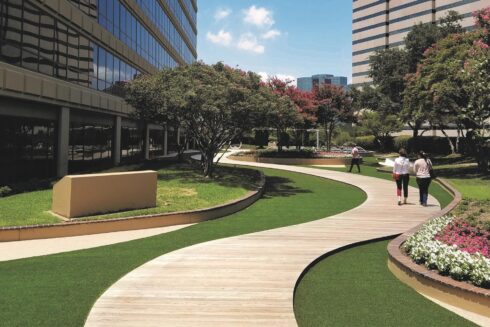
The purpose of biophilic design is to create spaces that deliver benefits for both human health and the environment by nurturing people’s innate affinity...
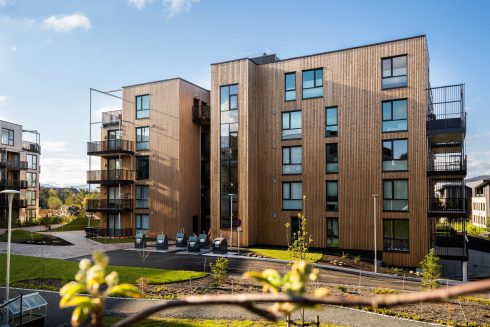
Natural wood can be used in many different ways. The beauty and versatility make wood unequalled building material. As both an interior and exterior design...
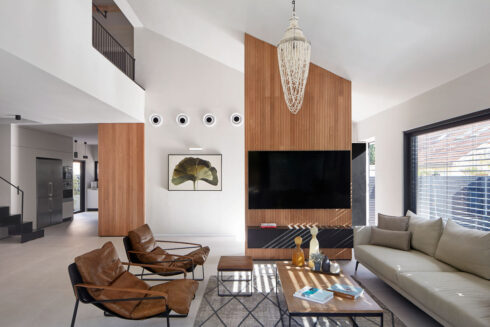
Wood is like wine; it just gets better with age and never seems to lose its beauty. Even with the increasing number of modern materials, we prefer wood for...
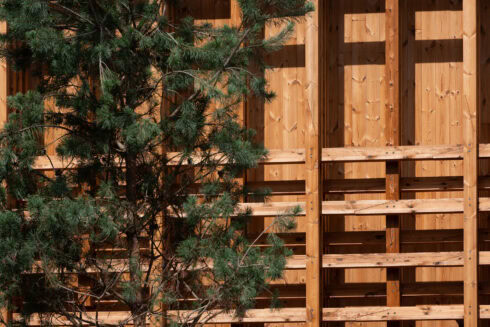
When it comes to...
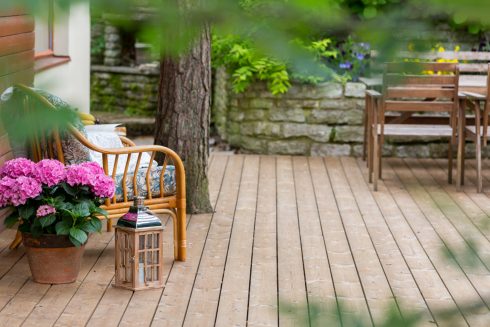
Home is where the heart is – a place where the whole family can feel safe and warm. The building materials you choose should enhance this feeling and...
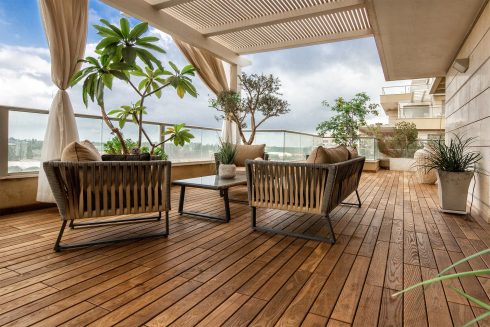
Wood is one of the most common building materials in the world and, with responsible forest management, it is the only renewable building material we have....
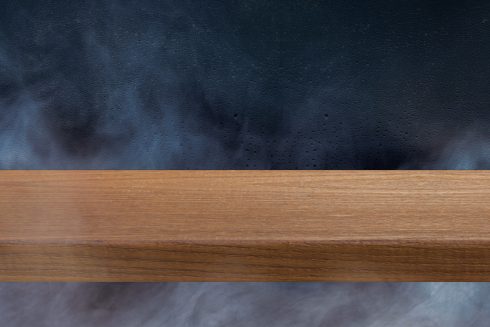
Thermally modified wood, often referred to as thermowood, is real wood enhanced using only heat and steam to improve its durability, dimensional stability,...
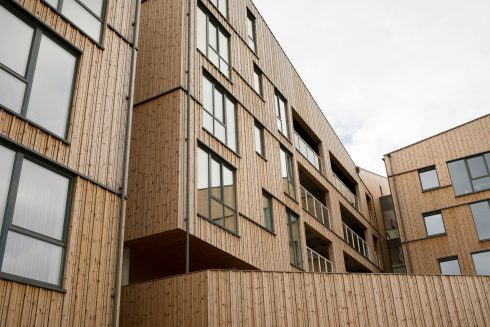
Thermally modified wood offers a unique combination of beauty, durability, and versatility. If you’re searching for fresh exterior cladding ideas,...
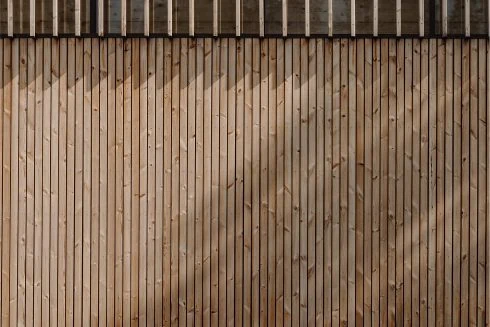
With rising concerns about climate change, the world community’s responsibility to reduce our carbon footprint rests with each and every individual and...
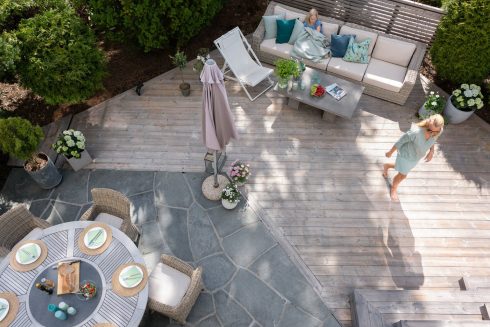
As a natural material, the color of wood alters over time – and there is no exception with Thermory’s thermally modified wood products, which gradually...

Wood is a sustainable and versatile material with an almost limitless range of uses, including construction, tools, paper and fuel to name just a few. But...

Ensuring the highest quality with the smallest possible ecological footprint and responsible use of resources are all principles that we consider important...
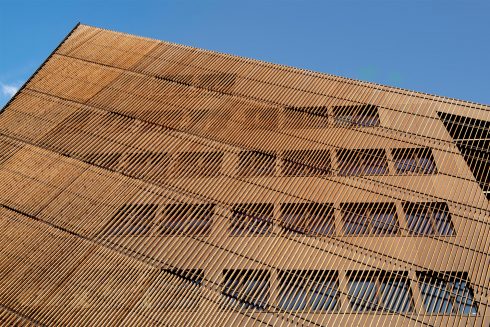
Throughout the history of architecture, surely no other material has been as influential as wood. It’s rare to see a building that’s been produced...
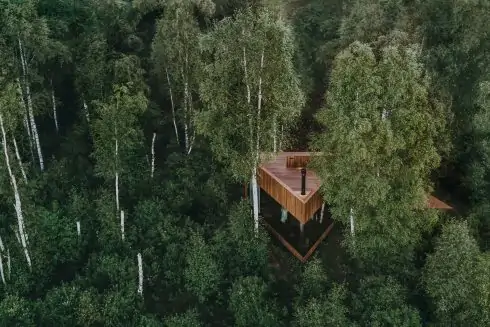
A trend is taking root in the worlds of architecture and interior design based on using natural materials and living plants to better...
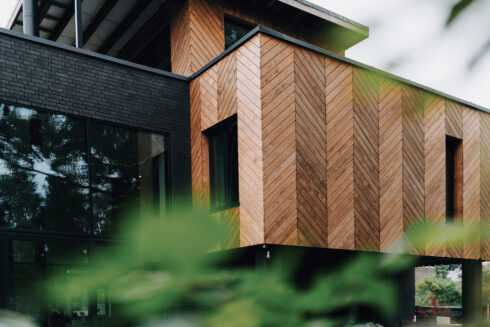
If you’re considering which wood types to use for a renovation or construction project, there are several considerations that may influence your decision...
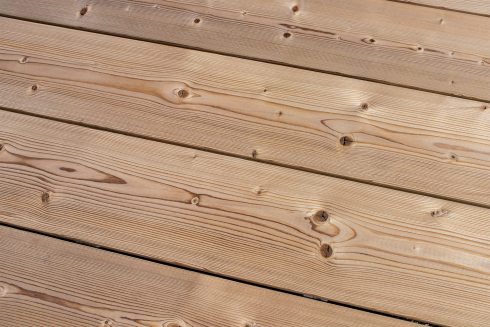
The wood-paneled interiors so common to mid-century homes have become sought after again, as many seek the warm, cozy feeling that the natural material...
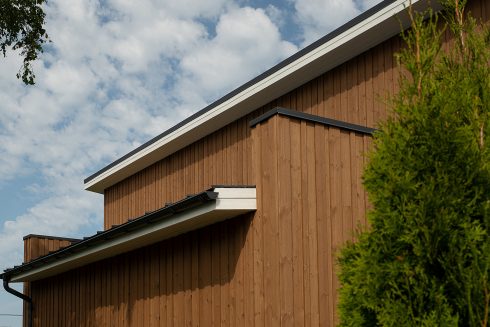
To ensure that your Thermory cladding retains its natural warm and authentic character, it’s important to apply the correct maintenance techniques. The...
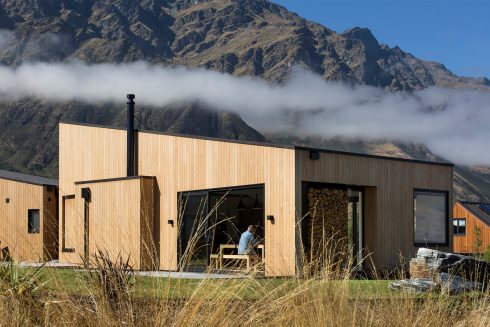
No matter where you live when you’re choosing a decking or cladding material, you’ll have to be mindful of how that material will change over time...
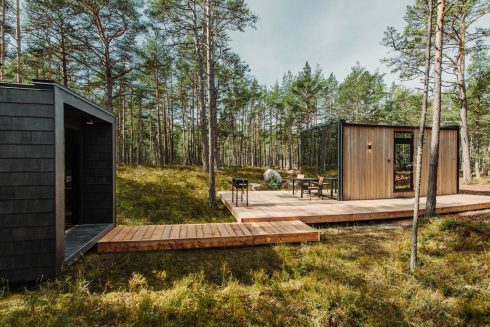
The tiny house movement has gained more momentum in the last decade, but why? It is based on tiny living: owning less so that what you own doesn’t own...

In 2022, the global megatrend of sustainable architecture and building practices will continue. Architecture trends influence the choice of materials both...

BENCHMARK THERMO-PINE CLADDING C4 20x115 / 26x 115, DECKING D4 26x115
ESTONIA
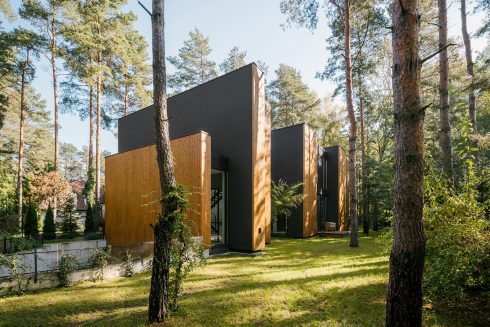
BENCHMARK THERMO-PINE
POLAND
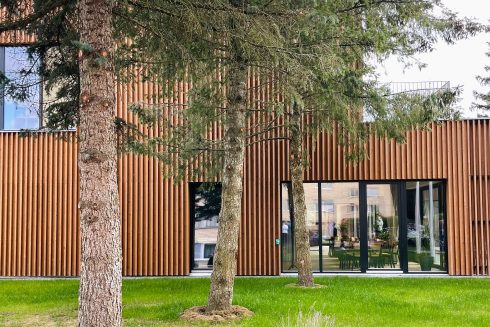
BENCHMARK THERMO-PINE
LITHUANIA

THERMORY THERMO-PINE MIX & MATCH CLADDING
NORWAY
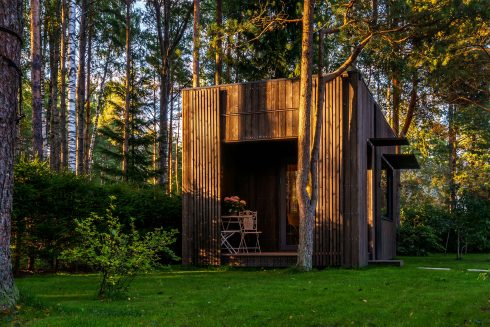
THERMORY BENCHMARK THERMO-SPRUCE BRUSHED CLADDING, THERMO-ASH DECKING AND FLOORING
ESTONIA
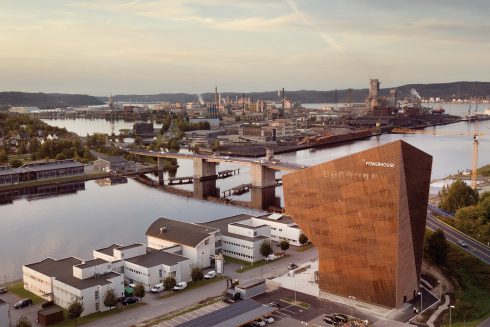
THERMORY BENCHMARK THERMO-PINE CLADDING C4
NORWAY
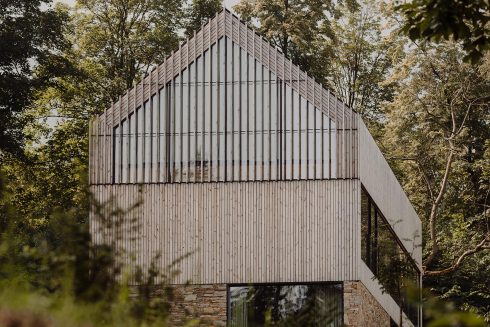
THERMORY BENCHMARK THERMO-PINE CLADDING AND ROOFING
POLAND
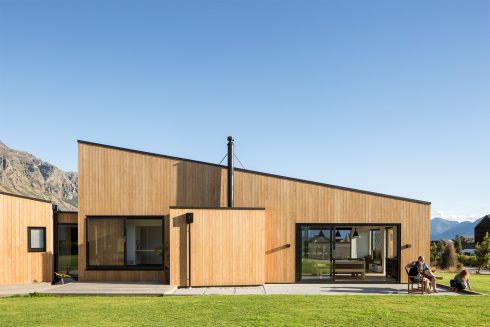
THERMORY BENCHMARK THERMO-RADIATA PINE CLADDING C3
NEW ZEALAND
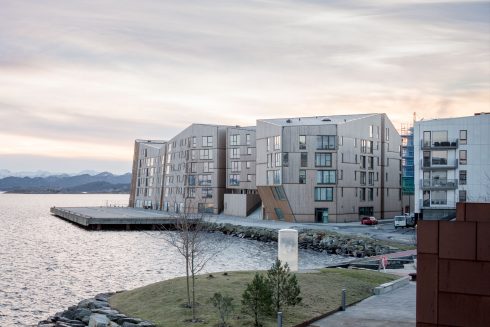
THERMORY BENCHMARK THERMO-PINE CLADDING C3 20X115 MM, ROOFING C10 20X140 MM AND DECKING D4 SG 26X140
NORWAY
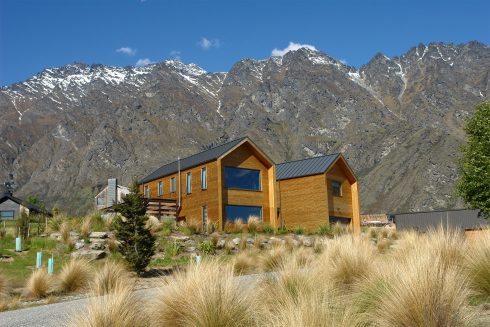
THERMORY BENCHMARK THERMO-PINE CLADDING C8 26X140 MM
NEW ZEALAND
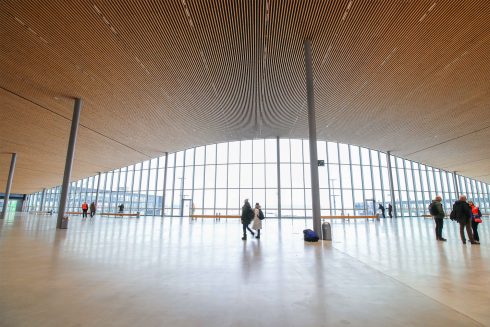
THERMORY BENCHMARK THERMO-PINE
FINLAND

THERMORY BENCHMARK THERMO-ASH CLADDING C5 20X72/140/190MM, BRUSHED AND THERMO-ASH MEDIUM FLOORING F5 18X245
ESTONIA